Warning signs like high blood pressure, elevated cholesterol or glucose levels precede almost all cases of heart attack or stroke, according to…

Warning signs like high blood pressure, elevated cholesterol or glucose levels precede almost all cases of heart attack or stroke, according to…

Sometime in the Middle Eocene epoch, nearly 50 million years ago, a large object hurtled through Earth’s atmosphere, crashing into the North Sea between what’s now Britain and northwestern Europe.
The impact formed a crater 1 kilometer (about half a mile) deep and 3 kilometers wide. A plume…
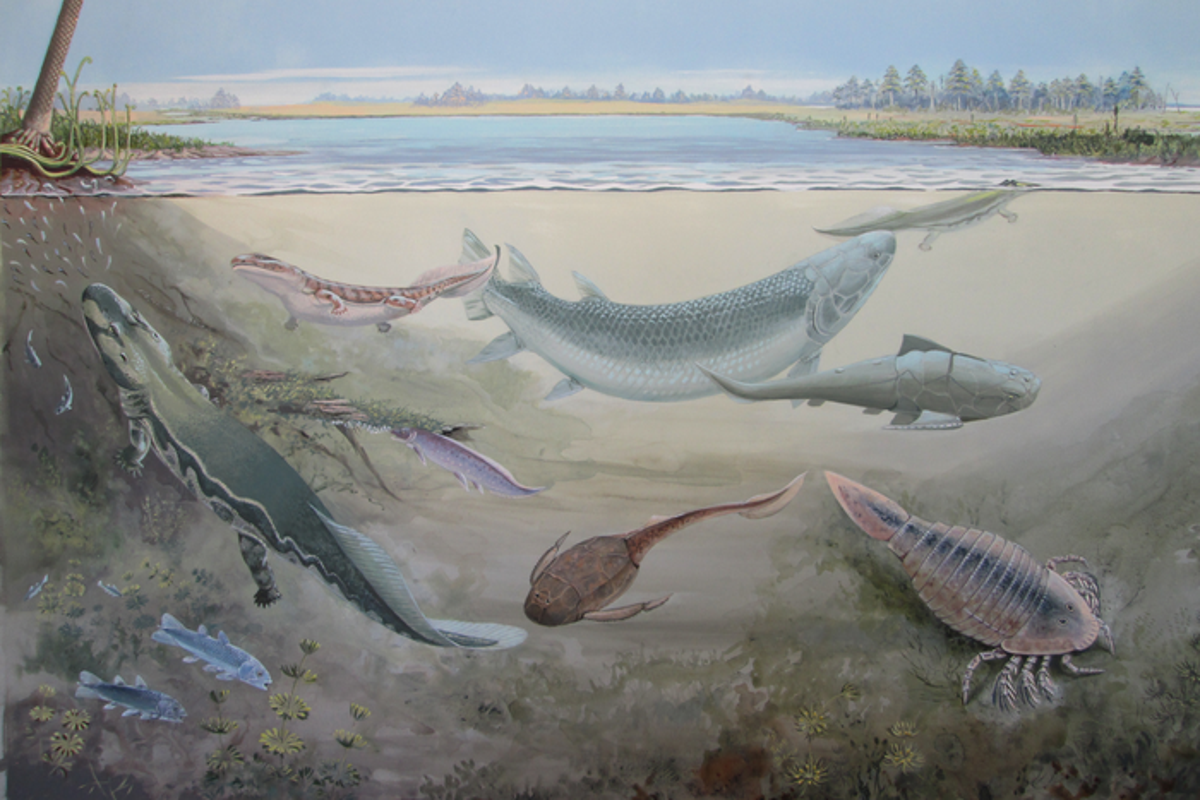
Losing your baby teeth is a strange experience.
The teeth gradually loosen until they’re replaced by thicker, more durable and permanent…

New archaeological research suggests that some Stone Age Europeans used vibrant blue pigments to decorate themselves or their possessions – and…
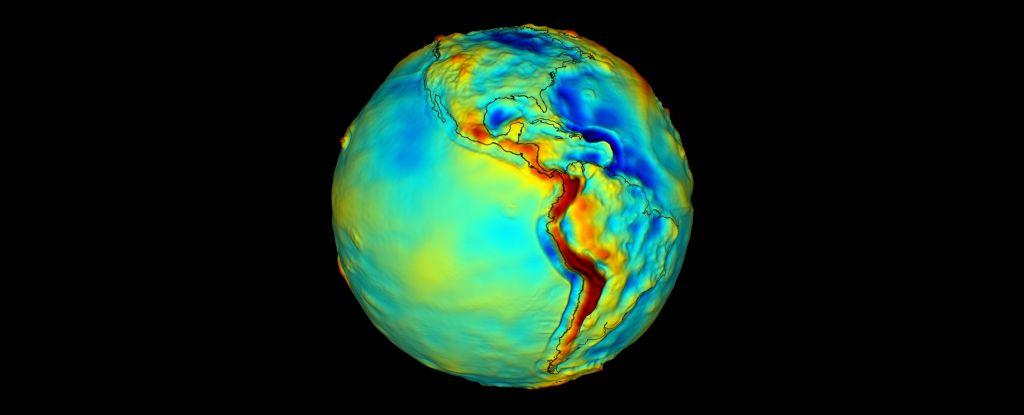
In 2007, something strange happened over the eastern Atlantic Ocean. According to satellites orbiting Earth, our planet’s gravity field developed a continent-scale anomaly before subsiding to its original state.
The odd event, undetectable to humans on the surface, has only just been…
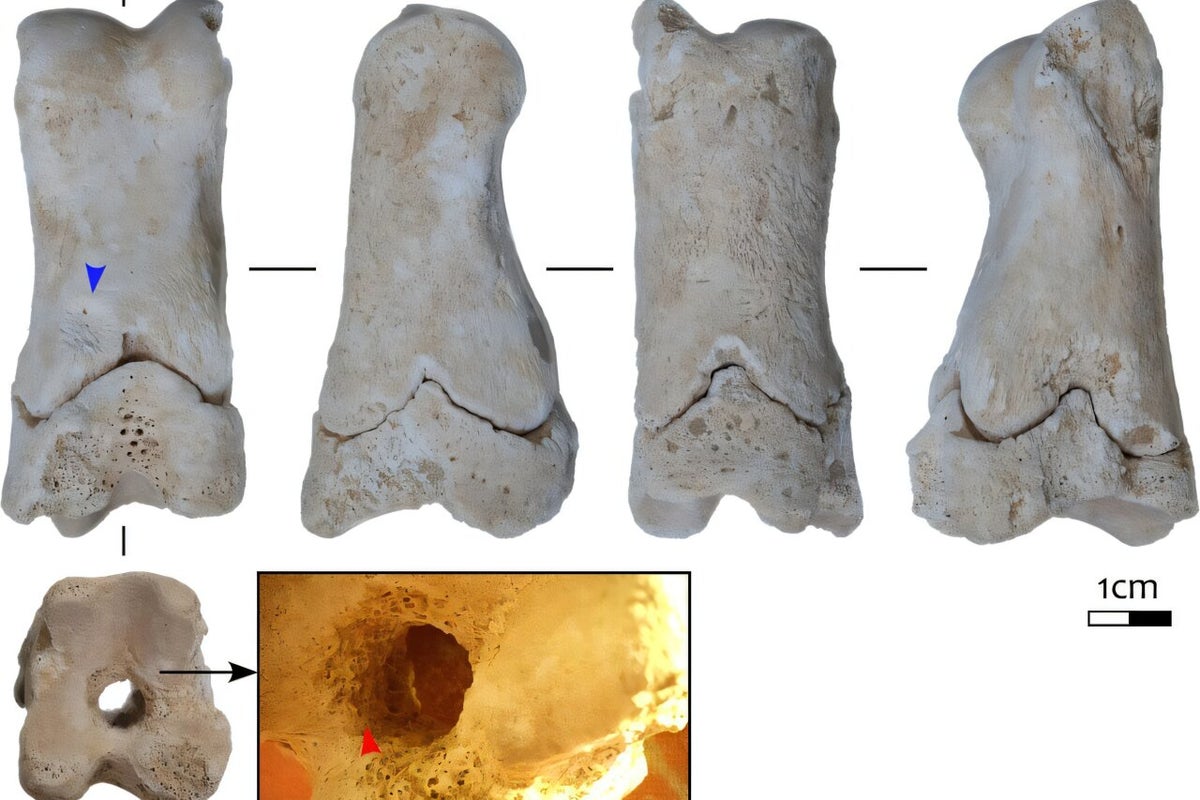
Archaeologists found a bone whistle used by ancient Egyptian guards to warn of grave robbers, shedding light on how royal tombs were protected….

Strong and sustained supportive relationships over a lifetime can lower inflammation and slow down biological ageing, according to a new…
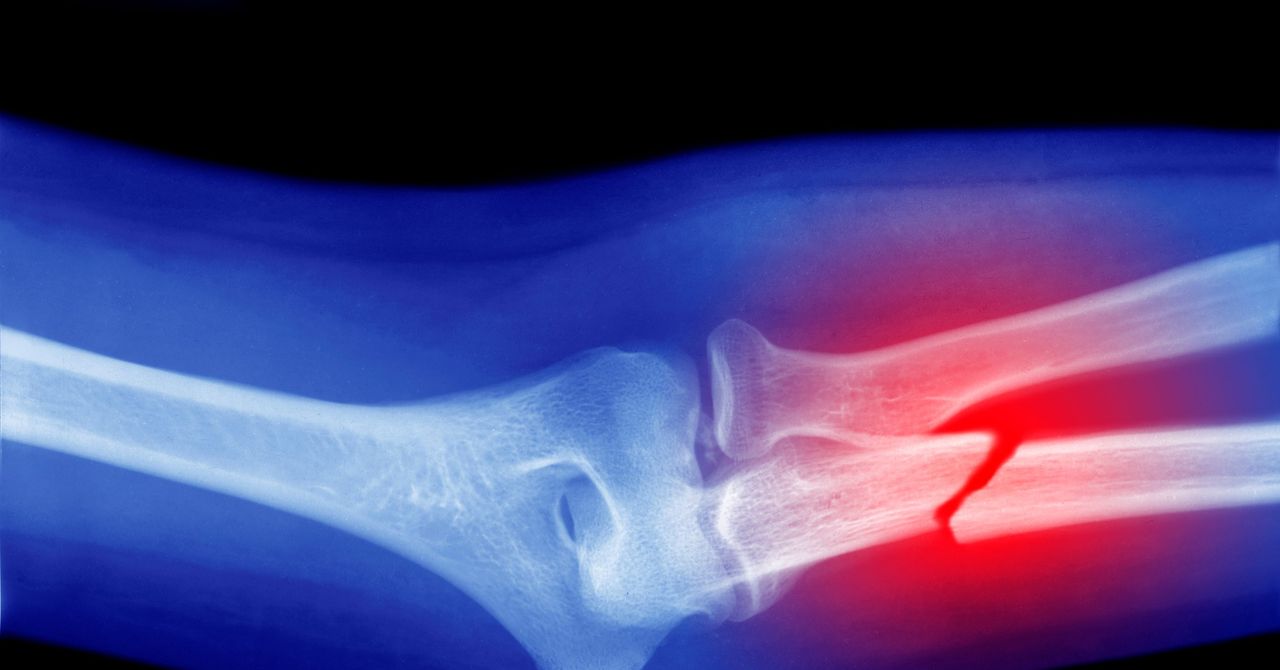
Microplastics could be a factor in driving up cases of osteoporosis worldwide, according to recently published research. The study reveals that when these tiny plastic particles enter the body, they disrupt the functioning of bone marrow stem cells, which are essential for maintaining and…
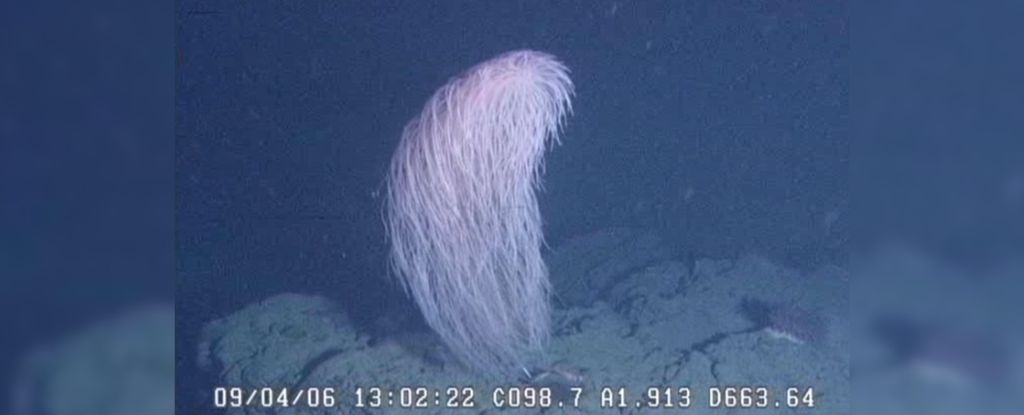
Not long ago, in a galaxy very, very near, scientists deployed a remotely operated vehicle to explore the crushing depths off the Hawaiian island of Moloka’i.
There, looming atop an unnamed seamount 663 meters (2,175 feet) below sea level, was a strange, cryptid-like creature covered in…